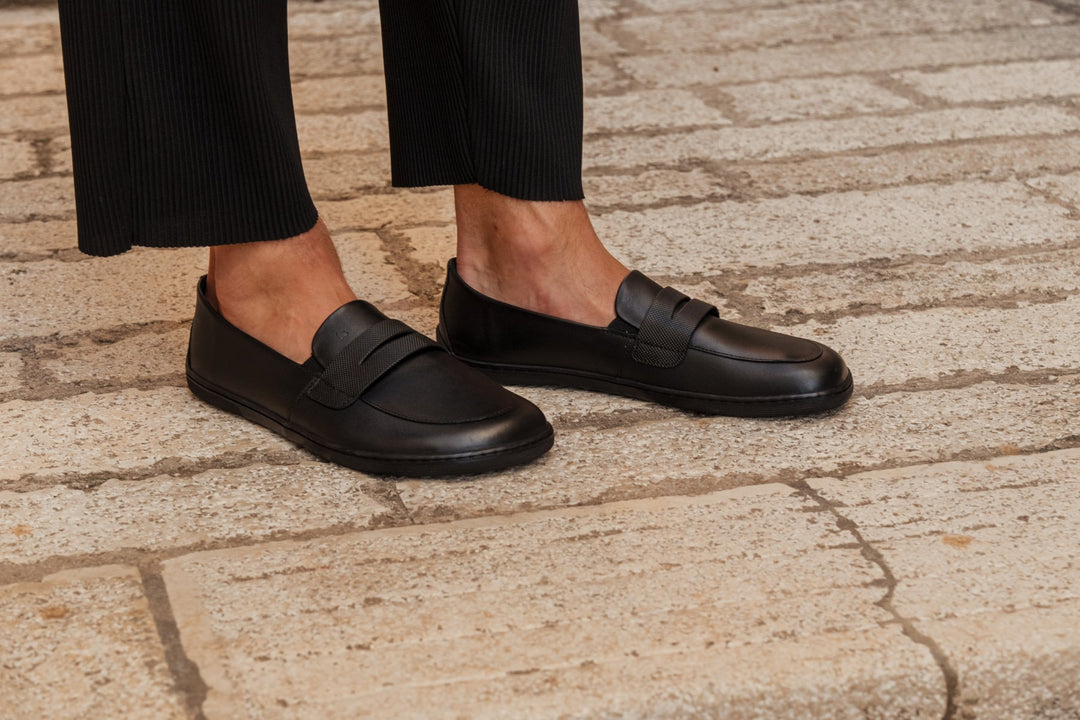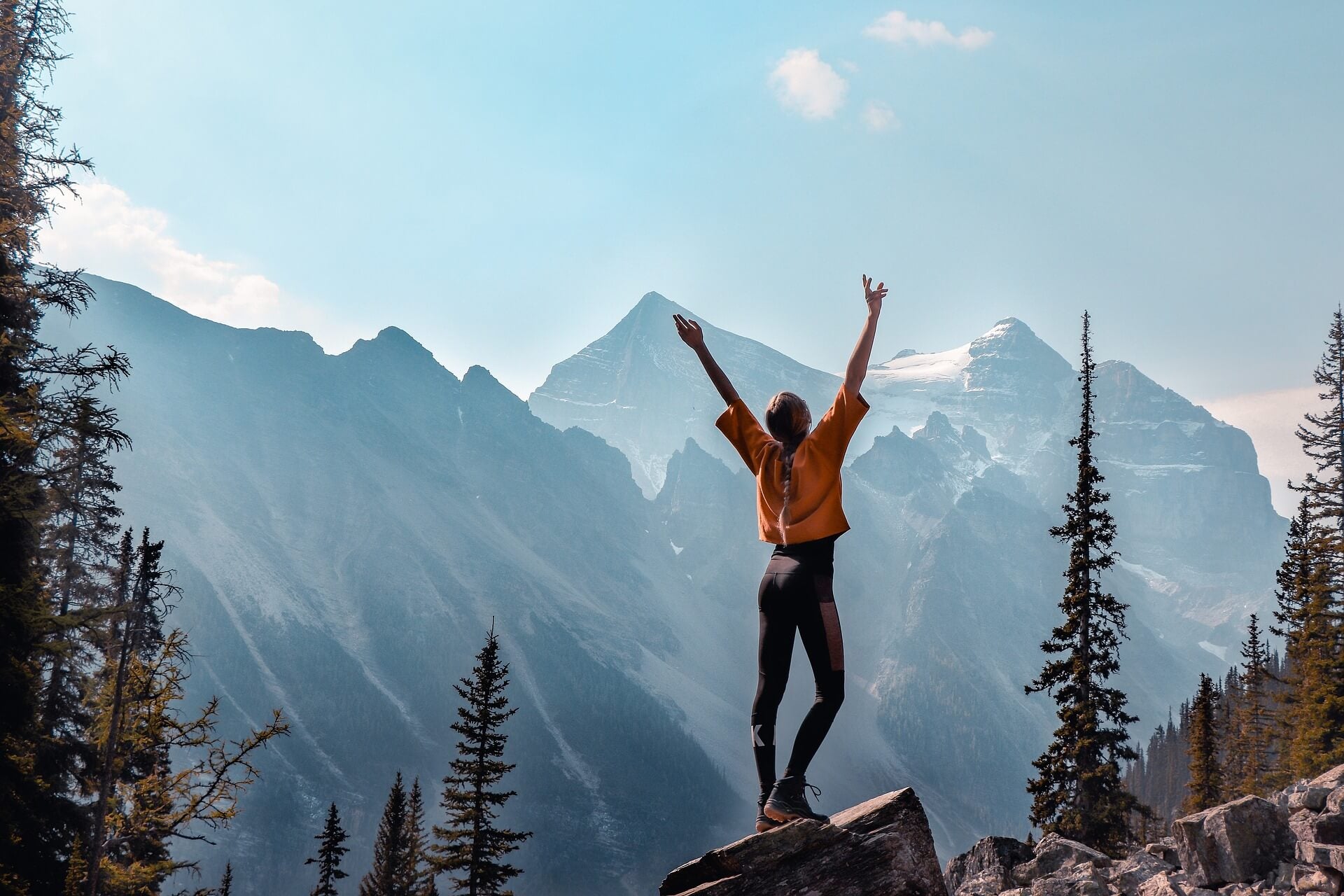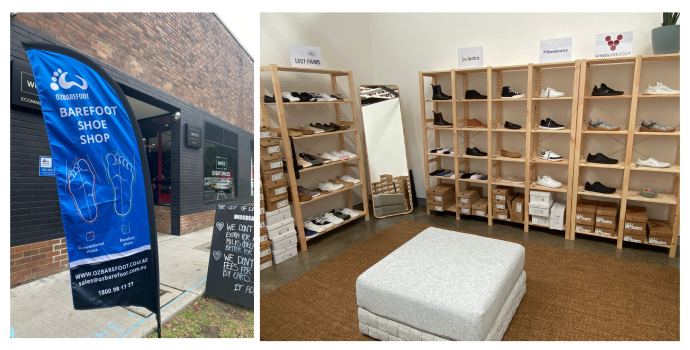If you're an avid hiker, there's a good chance you have a pair of sturdy hiking boots. These tend to come with ultra-thick and stiff soles, ankle support, and perhaps even a hard-capped toe. Despite this being the norm, more and more hikers are turning this standard on its head and opting for a more lightweight option: barefoot hiking shoes.
Barefoot shoes for hiking might sound like an oxymoron, but it's not! The world of barefoot shoes has been rapidly expanding in recent years to include models designed for practically all environments and activities, and hiking is no exception.
Keep reading to find out if barefoot hiking shoes could work for you, and how to pick out a quality pair.
What Are Barefoot Hiking Shoes?
Barefoot shoes for hiking can range from casual sneaker-style shoes to more heavy duty boots appropriate for even the coldest weather in Australia. What sets them apart from regular hiking shoes is their lightweight design, a wide toe box, and a zero-drop sole. All of these elements have specific benefits that can improve your hiking experience, as well as the health of your feet.

VivoBarefoot Hiking Shoes
Despite these classic barefoot features, there are a few things barefoot hiking shoes still have in common with regular hiking shoes. Namely, they're made with durable materials that can stand up to wear and tear, most have deep lugs to provide a solid grip on tricky terrain, and many also come in waterproof materials appropriate for wet or snowy weather.
The Incredible Benefits of Barefoot Hiking Shoes
The reason many hikers are opting to wear barefoot hiking shoes over regular ones comes down to a few factors. First and foremost, the experience of being out in nature with minimalist shoes is unbeatable. Any nature-lover appreciates the sound of their feet crunching beneath them and the feel of the terrain they're traversing over, and barefoot hiking shoes allow you to get as physically in tune with your surroundings as possible.
Secondly, barefoot shoes are one of the best ways to improve foot health. They offer less cushioning and support than regular hiking shoes which allows the feet to build up strength and mobility. They also let the feet move freely thanks to their wide toe box design, foot-shaped sole, and flexible materials. This can mean fewer blisters and foot ailments, and a more comfort wearing barefoot hiking shoes for long periods of time, after feet have adjusted to them.
Last but not least, barefoot hiking shoes may even help improve hiking skills. One essential skill of hiking is navigating different types of terrain and elements. Since barefoot shoes allow for full toe spread, it can be easier to maintain balance and agility. Their lightweight nature can also help hikers fatigue more slowly than they would with traditional heavy-duty hiking boots.

VivoBarefoot Hiking Shoes
Should You Try Barefoot Hiking Shoes?
If you're intrigued by barefoot hiking shoes but not yet ready to pull the trigger on purchasing a pair, here are a few things to consider.
The first thing to know is that barefoot hiking shoes likely won't be comfortable at first. It takes some time for the feet to adapt to using all the small intricate muscles involved in walking that regular shoes usually compensate for. You may find your feet fatiguing more quickly than usual. This is nothing to worry about, and it will make you a better hiker in the long term.
Secondly, not all barefoot hiking shoes are designed equally well, and even the best pair isn't necessarily suitable for everyone. People with compromised foot health should take extra caution while making the switch, and everyone would be wise to invest in a high-quality pair well-suited for their intended uses.
People with hypermobility in their feet or peripheral neuropathy are at most at risk for injuries from hiking in barefoot shoes, and they should consult with a foot health expert before beginning their barefoot shoe journey.
How To Select The Right Pair of Barefoot Hiking Shoes for You
To pick the right pair of barefoot hiking shoes, you'll need to determine what sort of hiking you'll be doing. Sneaker-style options may work well for trails and paths, whereas boot-styles with ankle support may be necessary for more intense all-terrain hikes.

VivoBarefoot Hiking Shoes
You'll also want to ensure the style of shoe you select matches your anatomical foot shape. Each brand has a slight variation to the classic barefoot shoe sole shape, and finding the perfect one will give you the most comfortable experience while also allowing your shoes to last as long as possible.
Conclusion
While barefoot shoes should be approached with care and an expert opinion, they can undoubtedly be a wonderful way to enjoy all the nature Australia has to offer!











